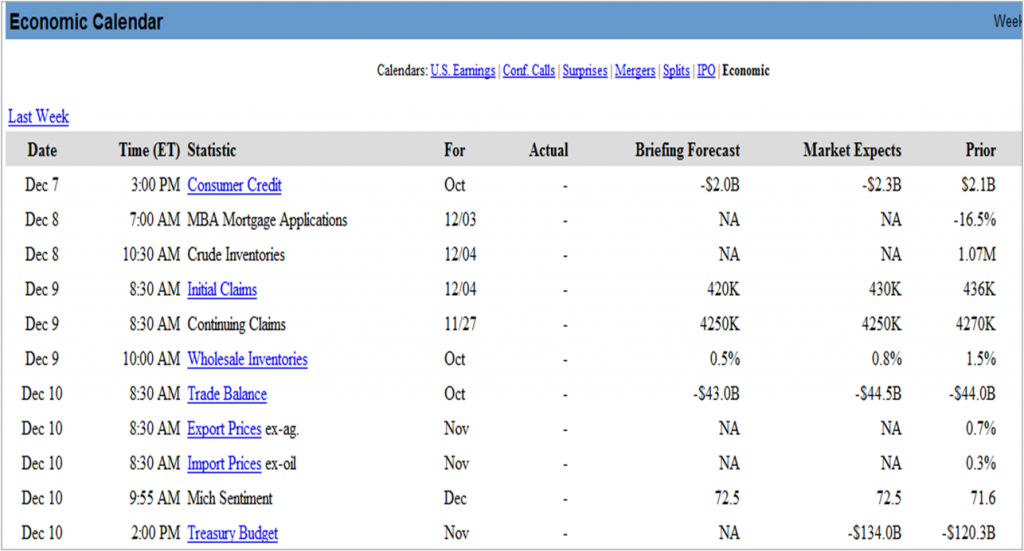How Do You Want Advisors to Follow-Up?
I spent an hour last week monitoring an asset manager’s quarterly conference call with advisors. As the call wrapped, the executive moderating the call invited advisors to follow up via the firm’s:
- Web site
- Twitter feed
- Sales team
What was interesting to me is that is the exact order in which these outlets were introduced. Web, then Twitter, and finally the wholesalers. Besides the order, the voiceover did even more to reinforce the primacy of the Web and Twitter relative to the sales team.
Obviously this a minor, tactical part of the call. But I’m intrigued by the order. I would not claim that online outlets provide more effective follow-up than a wholesaler in this case. And the call did not have enough advisors to raise concerns about an overwhelming volume of inbound calls/e-mails.
So was this a conscious decision? Is there a reason why the Web and Twitter were prioritized? I can think of a few good explanations, and will follow up here when I get a concrete answer.






